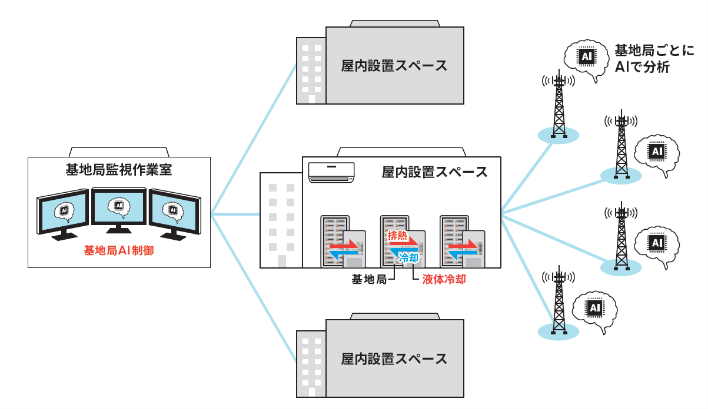Reduce CO2 emissions by developing environmentally friendly products
Fujikura Ltd.
Outline
The Fujikura Group is taking on the challenge of zero CO2 emissions from factories in 2050. As part of this, we are developing environmentally friendly (energy-saving, renewable energy) products such as dye-sensitized solar cells (DCS) and high-temperature superconducting wires.
Dye-sensitized solar cells are essential for building a sensor network that operates without power supply in the future IoT society. The development of high-temperature superconducting wires will reduce large losses in electric power transport and save significant energy.
Description
Dye-sensitized solar cells
Energy conversion (light to electricity) efficiency can maintain relatively high efficiency even in places with low light, so it is ideal for power sources such as sensors used indoors and requires power supply to operate sensors and other devices. Instead, the entire network can be covered by so-called renewable energy. DSC is installed in the sensor network
① The amount of power generated by the DSC itself when 10,000 units are used (early diffusion stage)
② The amount of power generated by the DSC itself when 1,000,000 units are used (full-scale diffusion period)
Assuming that each DSC receives irradiation of 1,000 lx × 8hr / day on average
In the case of ①, 58.4 kWh / y (⇒58.4 × 0.000512 = 0.03 ton-CO2 / year)
In the case of ②, 5840 kWh / y of electricity can be covered. (⇒3.0 tons CO2 / year)
High-temperature superconducting wire
Rare earth superconducting wires become superconducting at liquid nitrogen temperature and have zero electrical resistance. By using this as a power cable conductor, loss due to electrical resistance during power transport can be reduced to zero, contributing to significant energy savings. In addition to power cables, it can be applied to medical equipment such as MRI, analytical equipment such as NMR, etc., and can contribute to energy saving in each field. Since the discovery of high-temperature superconducting materials in 1987, we have been vigorously developing rare earth-based high-temperature superconducting wires and achieving world-class performance. Currently, we are developing mass production technology, and we are working on making wire rods even longer and lower cost. We are also actively developing applications such as superconducting coils. We will continue to promote R & D activities for realizing a low-carbon society by providing rare earth-based high-temperature superconducting wires and coil products.
Supplementary information
Similar Innovation Challenges
Accelarating the penetration of renewable energy resources with “Open Energy System”
Sony Group Corporation
Achieving net-zero carbon emissions from plant factories using full artificial lighting
Taikisha Ltd.
Advanced technology for buildings providing energy-saving and comfortable indoor environment (under Net Zero Energy condition)
Mitsubishi Electric Corporation
AI control reduces base station power consumption by up to 50%
KDDI CORPORATION






